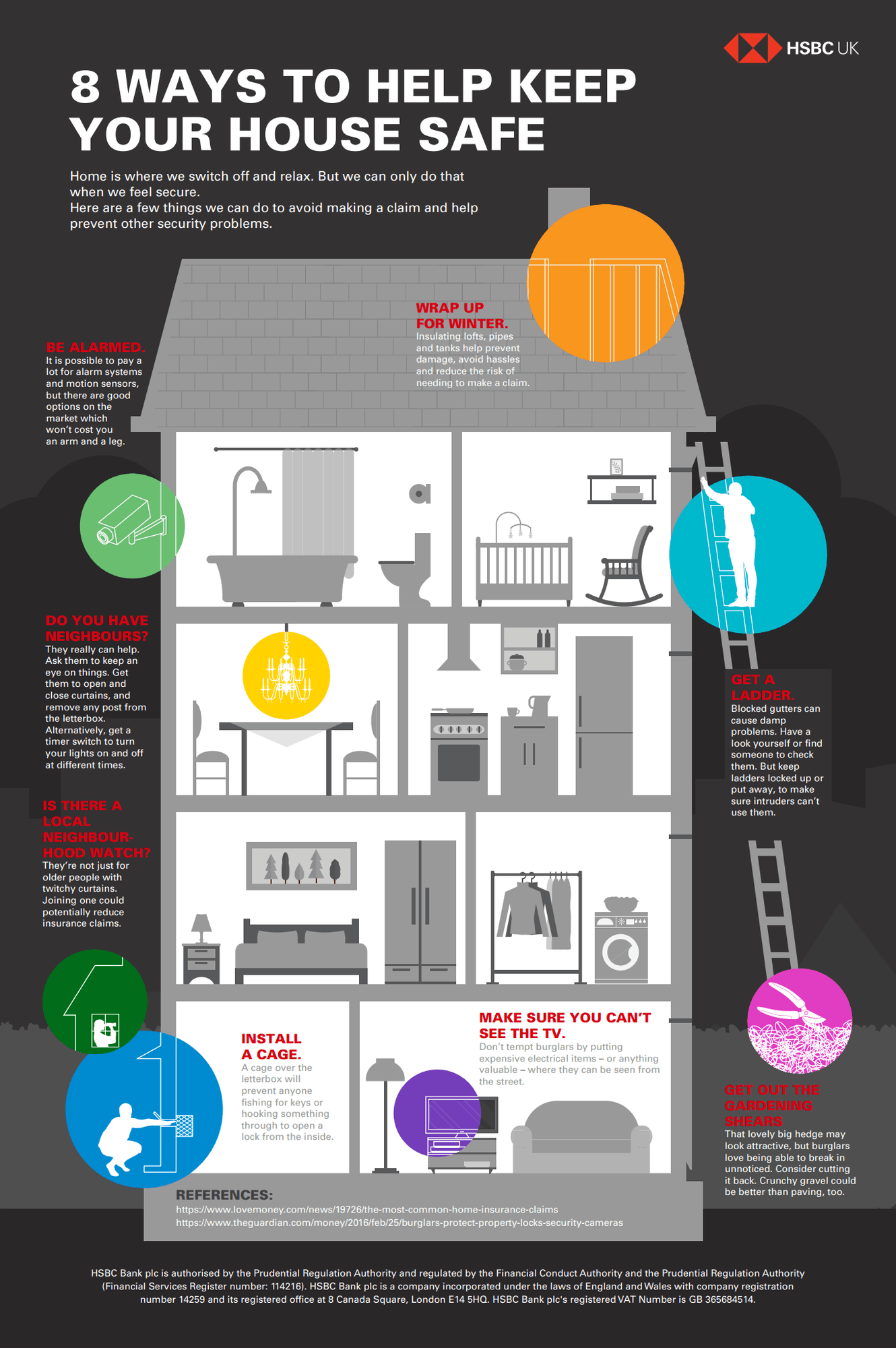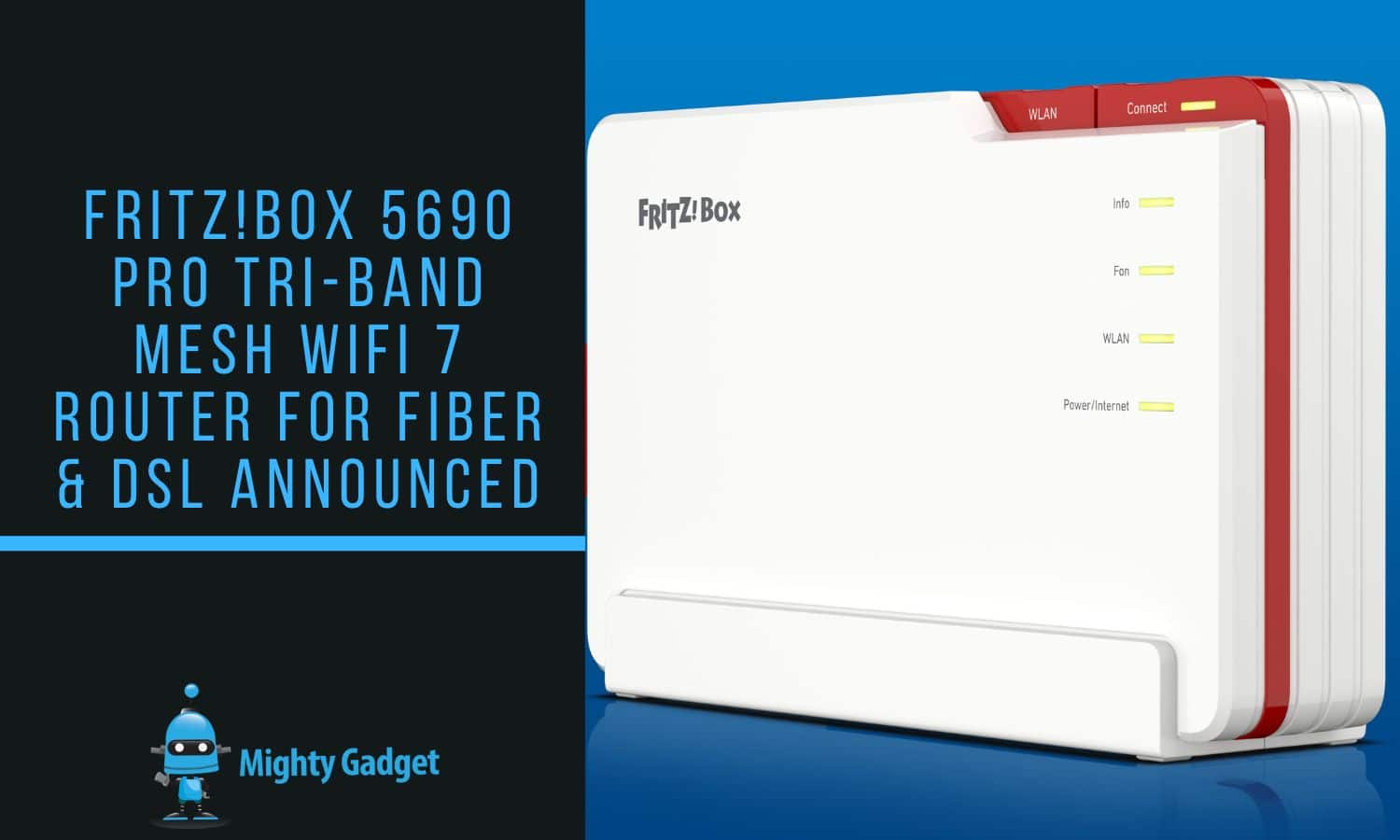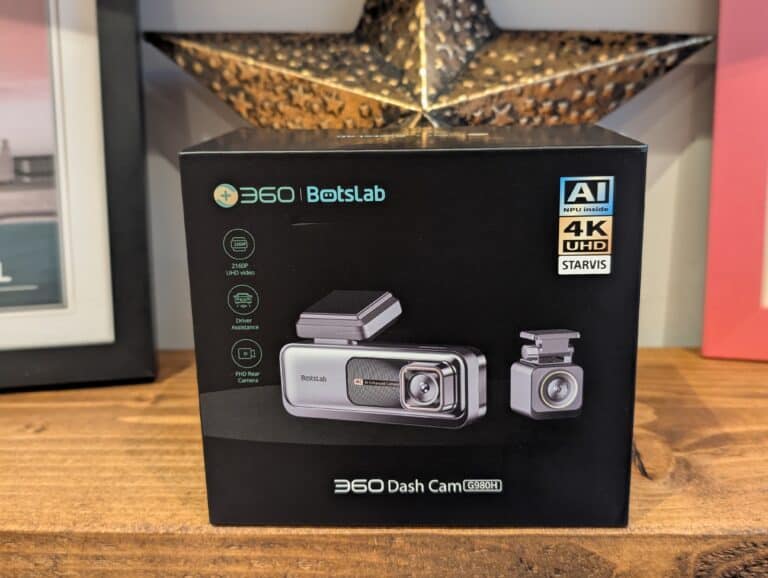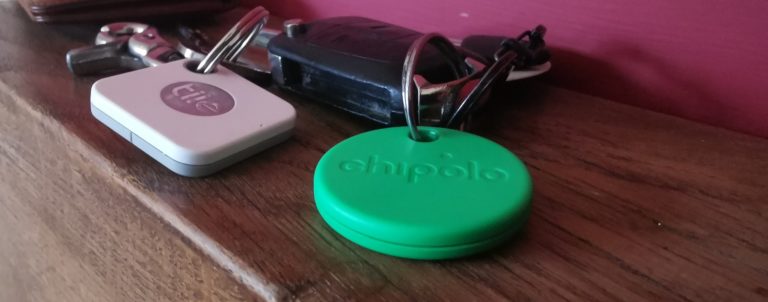Any links to online stores should be assumed to be affiliates. The company or PR agency provides all or most review samples. They have no control over my content, and I provide my honest opinion.
As a stereotypical frugal northerner, there is nothing worse than an unexpected expense and damage or theft at home is perhaps one of the worst types. Over the years I have had a couple of things stolen from my garage, and a small number of things go wrong with my home. I always end up in a situation of weighing up the cost of covering the loss myself, or the increased insurance costs as a result of making a claim. The best solution, of course, is to minimise the chances of this ever happening, and the below infographic from HSBC provides some handy information.
When you think of home insurance, you assume things like theft or fire. Apparently, there fall behind water leaks, storm damage and accidental damage.
While there is not much I can advise to avoid accidental damage, apart from perhaps, don’t be stupid, there are lots of things you can do to protect your home from theft and other damage.
With water damage being such a common factor in insurance claims, it is worth looking into water sensors, you can get these as part of a smart home system, such as Samsung SmartThings, or alternative companies like DLink selling individual smart sensors. These are a relatively simple device that places sensors on the floor and will detect when water bridges the gap between the two small sensors.
Furthermore, SmartThings and other smart home systems have things like temperature sensors, while I have never considered this before seeing the below infographic, you could easily place one on or around the pipes and tanks in your loft, to warn you if they hit freezing point.
I am a big fan of home surveillance, as you may be able to tell from all the camera reviews I do. I think it is a superior deterrent to a burglar alarm, though using both in conjunction will help further. There are a wide variety of cameras nowadays, some completely wireless with year-long batteries such as the Anker Eufy E, so installation is easy for people with no DIY skills whatsoever. Alternatively, there are various smart home alarms, Netatmo recently launched an indoor siren which uses their smart facial recognition indoor camera to deactivate it when it sees you arrive at home, this system works particularly well with their outdoor floodlight camera.
HSBC recommends a timer switch for your lights, while that is a good option, this is a tech blog, and there are plenty of options for this. Philips Hue is perhaps the ultimate solution though TP-Link Kasa has a superb range of smart plugs, and smart bulbs, including a new filament smart bulb.
If you want to go really high tech, you can ditch keys on your door altogether, and go for something like the Yale Connexis smart lock. While many people are concerned about the potential of hacking, you will be much more prone to window smashing, or the below key fishing technique.
I am James, a UK-based tech enthusiast and the Editor and Owner of Mighty Gadget, which I’ve proudly run since 2007. Passionate about all things technology, my expertise spans from computers and networking to mobile, wearables, and smart home devices.
As a fitness fanatic who loves running and cycling, I also have a keen interest in fitness-related technology, and I take every opportunity to cover this niche on my blog. My diverse interests allow me to bring a unique perspective to tech blogging, merging lifestyle, fitness, and the latest tech trends.
In my academic pursuits, I earned a BSc in Information Systems Design from UCLAN, before advancing my learning with a Master’s Degree in Computing. This advanced study also included Cisco CCNA accreditation, further demonstrating my commitment to understanding and staying ahead of the technology curve.
I’m proud to share that Vuelio has consistently ranked Mighty Gadget as one of the top technology blogs in the UK. With my dedication to technology and drive to share my insights, I aim to continue providing my readers with engaging and informative content.








